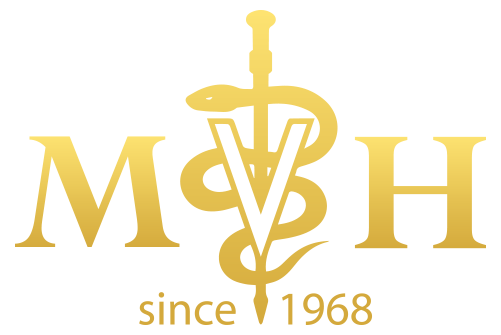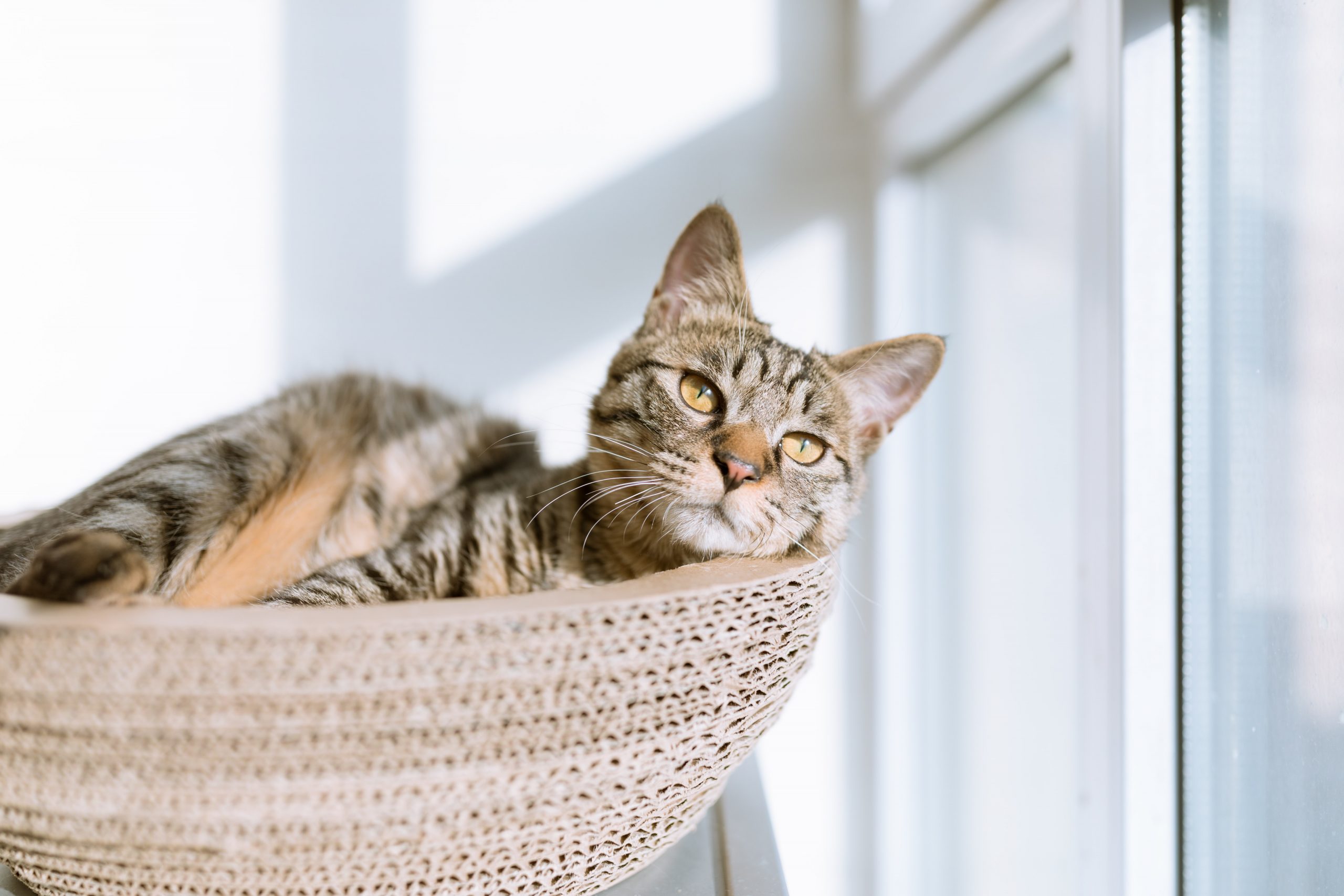Dentistry
Complete Health Care for Pets since 1968
Fear Free Certified
Mon - Fri: 7.30am - 6pm
Sat: 8:30am - 12pm
(Open two times per month)
Sun: Closed
OUR HOURS
Monday – Friday:
7:30am – 6:00pm
Saturday:
8:30am – 12:00pm
(Open two times per month)
Sunday: Closed
DENTAL DISEASE IN YOUR ANIMAL
Dental disease is a common and often overlooked problem in dogs and cats. While cavities represent the most common dental disease of humans, dogs and cats are frequently bothered by tarter buildup on the teeth. Tarter accumulation leads to irritation of the gums around the base of the teeth, ultimately leading to exposure of the roots. Potential outcomes of this tooth root exposure include gum infections and tooth loss.
CONTRIBUTING FACTORS
One of the main factors determining the amount of tartar buildup is the individual chemistry in the mouth. Some dogs and cats need yearly cleanings; other dogs and cats need a cleaning only once every few years.
CAUSES/TRANSMISSION
Many different disorders can lead to dental disease in your dog or cat. In general, the veterinarian will try to determine whether the problem is limited to the oral cavity (primary dental disease) or has developed as a consequence of another disease (secondary dental disease).
CLINICAL SIGNS
In some cases, owners are unaware that their dog or cat has dental disease. The problem may be identified with a routine physical examination or during investigation of another problem.
In other situations, the probability of dental is apparent to the owner. The dog or cat may have very bad breath (halitosis), difficulty eating, drooling, or changes in temperament.
DIAGNOSIS
Diagnosis of dental disease is usually very straightforward. A visual examination of the oral cavity reveals tartar and gingivitis. However, in most cases, the true extent for the disease cannot be determined unless the dog is under anesthesia. This facilitates a more complete examination of the oral cavity.
TREATMENT
Proper cleaning of the teeth requires complete cooperation of the patient so that plaque and tartar can be removed properly. Anesthesia is required to thoroughly clean the teeth. Many owners have a high degree of anxiety related to general anesthesia for their dog or cat. While there is always a degree of risk with any anesthetic, be aware that delaying proper dental care may ultimately compromise the dog’s or cat’s health.
To minimize risk, our hospital uses modern anesthetics that are deemed safe even for older dogs and cats. Also, depending on your animal’s age and general health status, blood may be drawn prior to anesthesia to evaluate blood cell counts and blood chemistry.
There are four steps in the clearing process that will be used on your dog:
Scaling removes the tartar above and below the gum line. This is done with hand instruments and ultrasonic cleaning equipment. The tartar that is under the gums must be removed for a dental cleaning to be complete.
Polishing smooths the surface of the teeth, making them resistant to additional plaque formation.
Flushing removes dislodged tartar from the teeth and helps to remove the bacteria that accompany tartar.
Fluoride Coating decreases teeth sensitivity, strengthens enamel, and decreases the rate of future plaque formation.
PROGNOSIS
In early stages of dental disease, the problems may be reversible. At some point, however, cleaning cannot restore the mouth to normal. This is not a reason to avoid cleaning!
The prognosis is worsened if tartar is left on the teeth indefinitely. Some of the consequences of delayed dental care are:
The tartar will mechanically push the gums away from the roots of the teeth. This allows the teeth to loosen in their sockets and infection to enter the root socket. The teeth will loosen and fall out or have to be extracted.
Infection will accumulate in the mouth, resulting in gingivitis (gums), tonsillitis, and pharyngitis (sore throat). Although antibiotics may temporarily suppress the infection, if the tartar is not removed from the teeth, infection will return quickly.
Infection within the mouth will picked up by the blood stream and carried to other parts of the body. Kidney and heart infections frequently begin in the mouth.
PREVENTION
Several preventive measures can be recommended to aid in oral hygiene for the dog.
Seek regular veterinary care and have the teeth cleaned when advised.
Try to maintain home dental care the brushing the teeth. Special toothbrushes and flavored toothpastes are available. We will be happy to show you how to do this and to recommend a schedule.
A tartar control diet is available through our clinic. It can be used as a maintenance diet or as a treat. It will not clean the teeth but will prolong the interval between professional cleanings (under anesthesia).
If we are planning to clean your dog or cat’s teeth, please follow these recommendations:
In order for us to clean your animals’ teeth, we ask that you schedule the procedure a few days in advance. It will be necessary to withhold food after 8PM the night before; please do not remove the water. Your animal should be admitted to the hospital between 7:30AM and 8:00PM and will generally be ready for discharge in the late afternoon. Your pet will need to stay indoors that evening to insure that no accidents (fall, etc.) occur until complete recovery from anesthesia. If that is not possible, you may elect to have the dog spend the night in the hospital. Your animal should be fed and watered lightly that evening and returned to normal feeding the next morning, at which time it should be completely recovered from the anesthetic.



